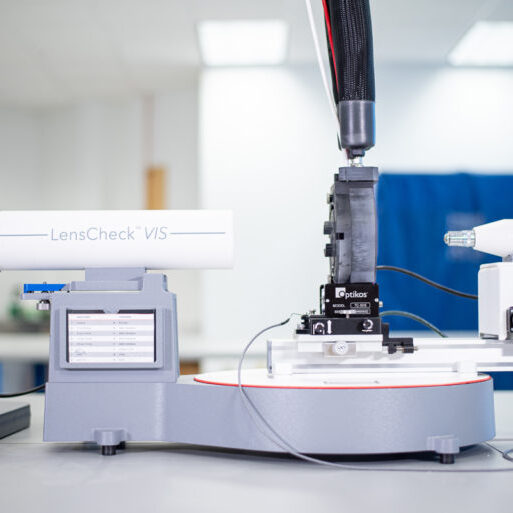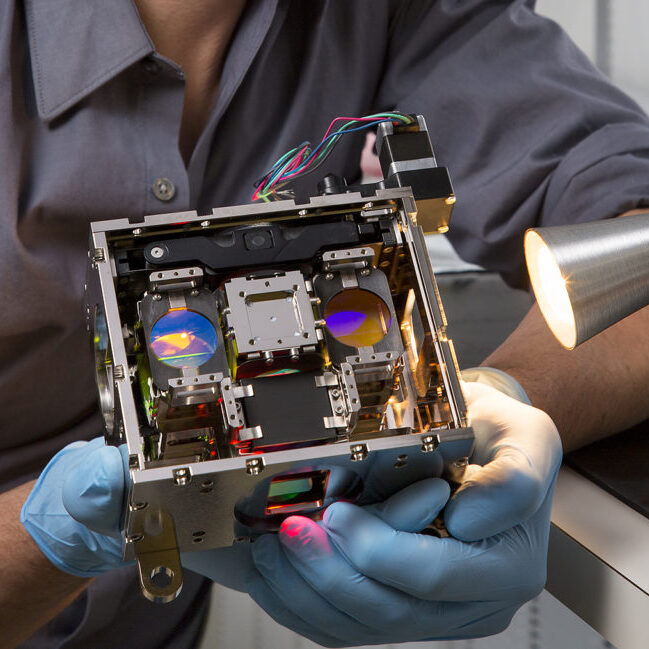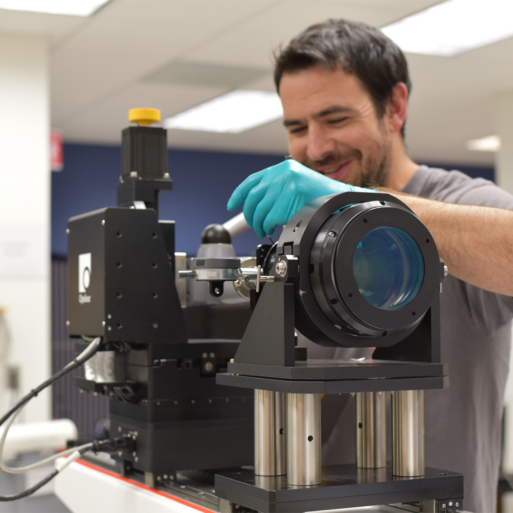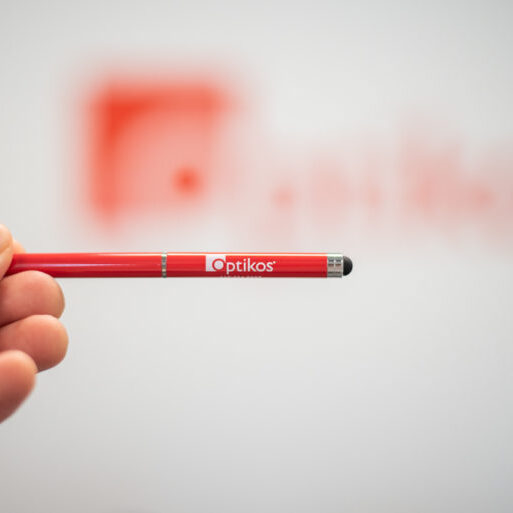Anywhere Light Goes™ Blog
A blog about optical design, build, test and more.
Why We Test Lenses Over Temperature: Model Validation, Focus Hysteresis, and Other Unusual Failure Modes
Many applications require high quality imaging over a wide temperature range. This may be due to an uncontrolled environment (e.g. outdoor security cameras), or the intended environment may be regulated to something other than room temperature (e.g. body temperature for endoscopes). However with temperature variation comes thermal expansion, which introduces an opportunity for the flange focal length (FFL) of a lens to change. This shift defocuses the lens from the sensor plane, resulting in a blurry image. If the optomechanics are not designed to minimize this effect in use cases like those mentioned above, the drop in resolution (MTF) of the imaging system can be dramatic. In egregious cases, total mechanical failure (cracking) of lenses has been known to occur....
Parking Lot Parallax
Parallax is something nearly every human, and every animal with a set of forward facing eyes, utilizes every day and they may not realize it. Parallax is the shift in position of objects in a scene when there is a change in the position of the viewer (usually a camera or one of your eyes). Our brains use the parallax in the images from our eyes to create a sense of depth in our vision (stereopsis). In the image at the beginning of the post we see an example of parallax at play. In one image the tree is centered in the image. As the photographer shifts their position, but is still centered on the tree the author can be...
Compensation Methods for Glass Tolerances
Precision optical imaging systems span a wide variety of markets and applications including semiconductor, life science, medical device, aerospace, defense, and other industries. Often these imaging systems necessitate demanding performance requirements including diffraction-limited wavefront image quality, pixel or sub-pixel image distortion, as well as broad-band chromatic aberration correction. In order for the optical system to be manufactured to these requirements, the design often requires various advanced compensation methods during the build process including the use of melt compensation. One technique for melt compensation prescribes element-to-element airspace values for each serial number assembly. This is a multi-step design process. First, measured index of refraction values from glass manufacturers are fit using glass dispersion formulae and interpolated at the design wavelengths of...
Opto-mechanical Design Challenges for High Performance Aerial Imaging
Optikos develops optical systems for a wide variety of applications and markets, from medical diagnostic and surgical, to augmented reality and gaming, to automotive, tactical and consumer products. The best aspects of engineering for our customers involve design of systems that perform “Anywhere Light Goes.” Aerial imaging is one of the more challenging of these design arenas, particularly regarding optical imaging performance and stability. Aerial imaging presents many optical and mechanical challenges for lens design. Earth mapping requires high resolution over the field of view. ISR applications may require exceptional color correction and co-boresighting for multispectral and hyperspectral imaging. Stray light mitigation for glare within the scene and sun near the aperture can be stressing for down-looking and side-looking systems. ...
Measuring at the Correct Conjugate
When evaluating lens performance it is critical for the test system to properly simulate the lens’s image and object conjugates. Testing off conjugate will produce results that can give a false sense of confidence and when it comes time to use the lens as intended you can get an unpleasant surprise. In that light, the two most common errors we have seen people make when measuring MTF are: Testing an infinite conjugate optic with a finite conjugate target. Simulating an infinitely distance object can be difficult. Often, the assumption is made that an infinite object can be approximated by a finite, but relatively large object distance, such as the hyper-focal distance. In many cases this can be shown to be...






